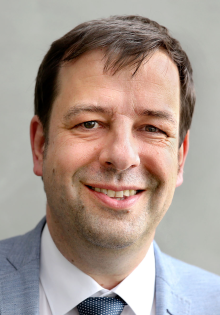For around three years, Paderborn University has been one of Germany's national high-performance computing centres - and thus at the forefront of university high-performance computing (HPC). The Paderborn supercomputer "Noctua 2" and the academic support of the experts are used by scientists throughout Germany for highly complex calculations. 140,000 compactly installed processor cores in the supercomputer make this possible. These special computing units will soon be joined by a new system: Paderborn University has signed a purchase agreement with the company pro-com DATENSYSTEME GmbH for the installation of another HPC system based on the next generation of AMD processors. The installation is due to take place at the end of this year. The costs are around 14 million euros.
The computer system operated by the Paderborn Centre for Parallel Computing (PC2), an interdisciplinary research facility at the university, will have 740 computing nodes from Lenovo, divided into a CPU, GPU and FPGA partition, as well as a parallel file system with over 5 petabytes of storage capacity. This means that the new HPC system will have approximately twice the computing power of "Noctua 2".
The innovative hardware components offer an ideal experimental field for computer system research. This will continue to provide the best conditions for outstanding science in the future. Thanks to almost completely indirect free cooling, the supercomputer can also be operated in an energy-efficient manner all year round and the waste heat with its high temperatures can be used to heat the building.
From 2025, a large part of the new system will be made available to scientists throughout Germany as part of the National Supercomputing Centre (NHR) and used in Paderborn for various research priorities, for example in projects in the natural sciences. What makes it special: A large number of simulations can be carried out within a very short space of time, which contributes significantly to a deeper understanding of chemical reactions at an atomic level or work in the field of quantum computing, for example.
Further information is available at www.uni-paderborn.de/thema/high-performance-computing or at pc2.uni-paderborn.de.
Further information for specialised media:
The computing nodes each have two processors with powerful processor cores and DRAM modules with very high memory bandwidth. The GPU partition will comprise 27 compute nodes, each with four Nvidia H100 GPUs. 32 computing nodes are available for FPGA accelerator cards planned for later.


